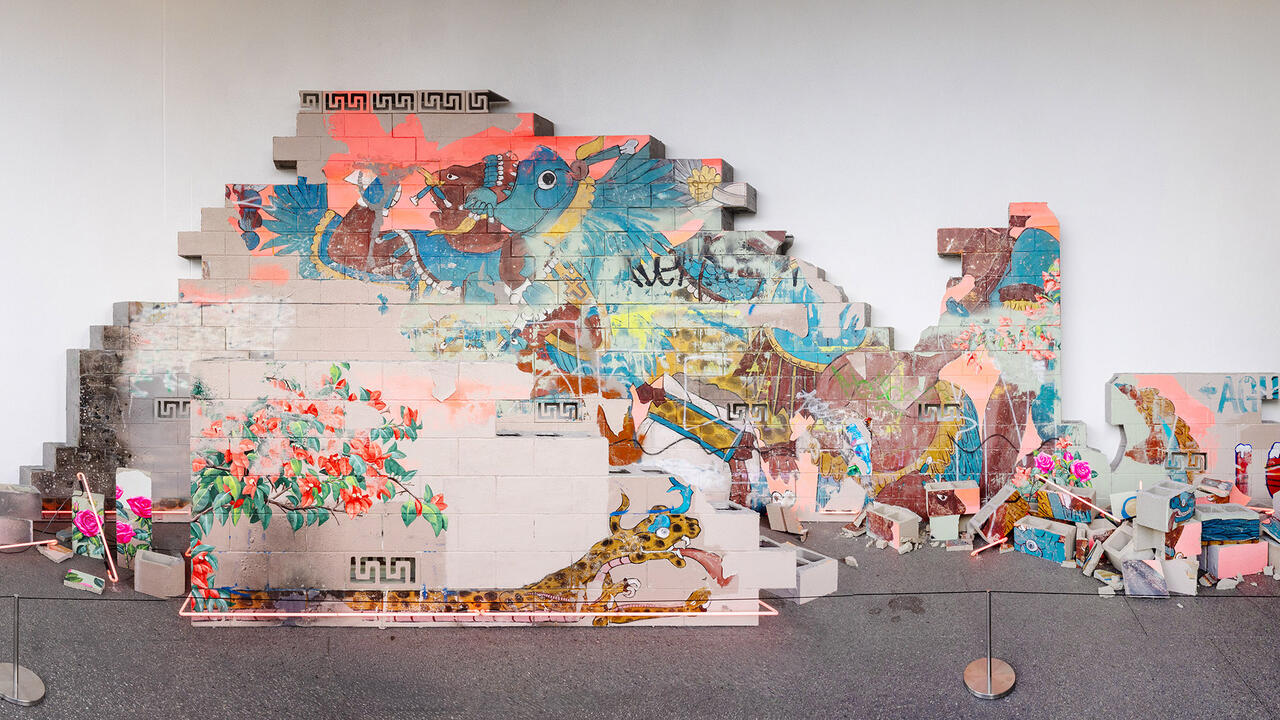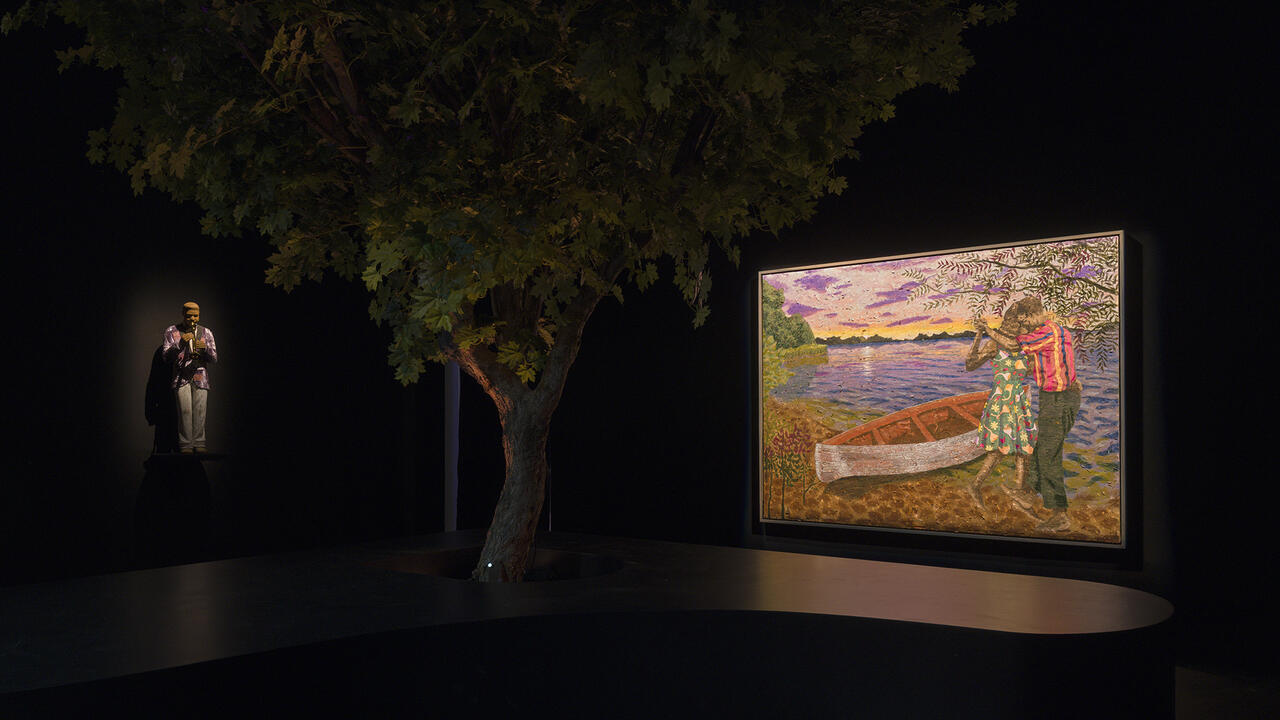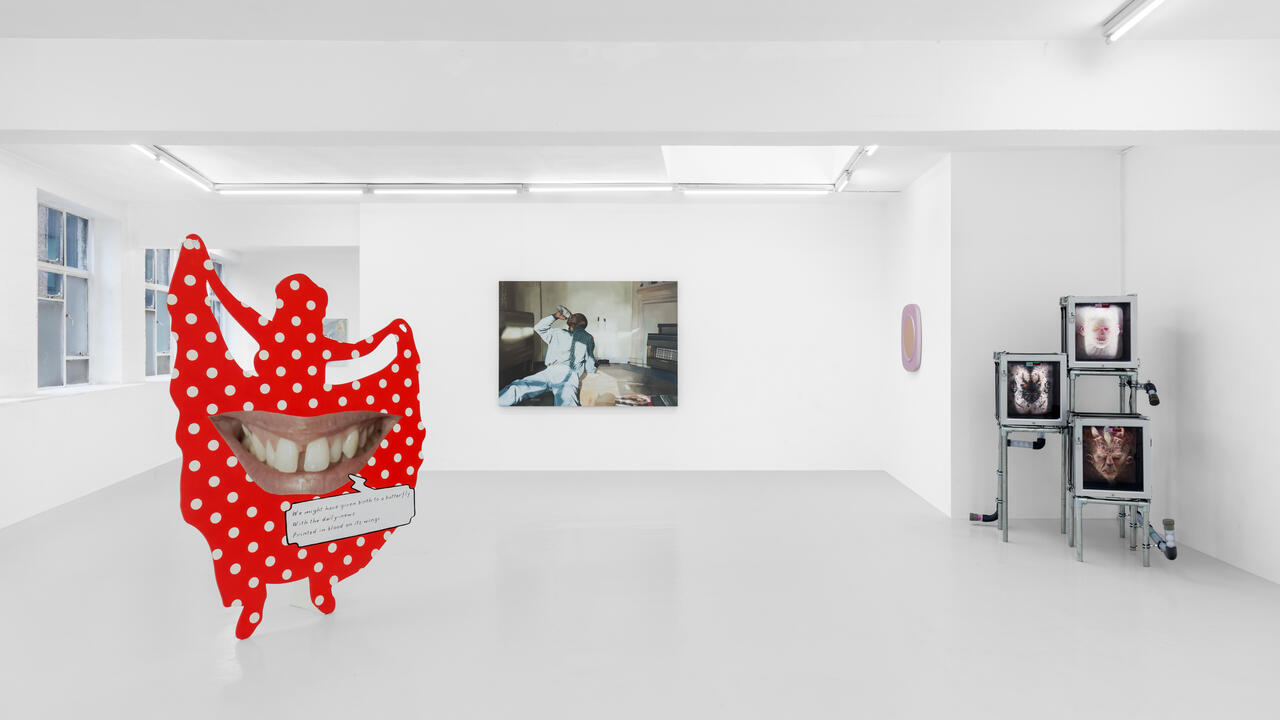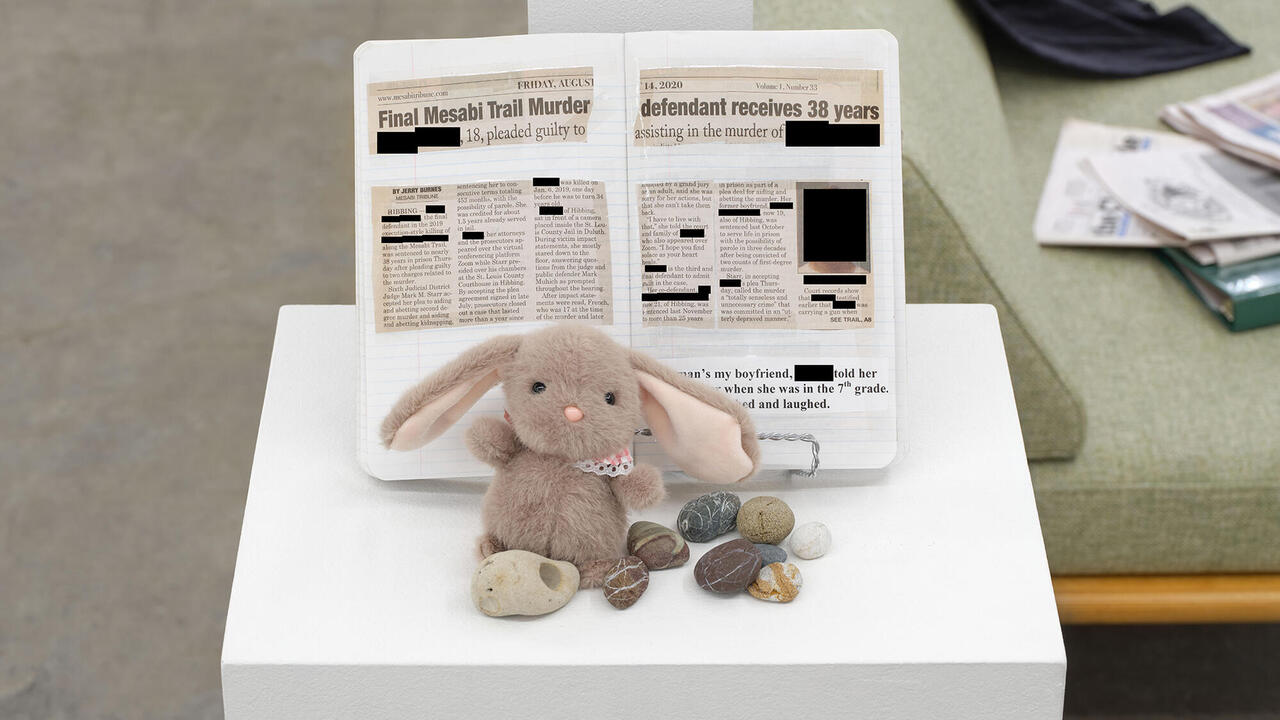A Tribute to Manny Farber’s ‘Termite Art’
An exhibition at MOCA, Los Angeles, creates a trans-historical dialogue between Farber’s works and a generation of artists he influenced
An exhibition at MOCA, Los Angeles, creates a trans-historical dialogue between Farber’s works and a generation of artists he influenced

Manny Farber is not an obvious artist around whom to structure an exhibition. A painter of still lives known primarily as a film critic, Farber left New York in 1970 to teach painting at the University of California, San Diego. Once there, he also picked up a course on the history of film, which suited him better, and ended up influencing a generation of visual artists, many of whom still reside in Southern California. He died in 2008.
I had my first substantive education on Farber’s legacy in 2016, when Michael Ned Holte curated an acclaimed exhibition at the MAK Center, Los Angeles, titled ‘Routine Pleasures’, which grew out of a course he taught at CalArts. As with ‘One Day at a Time’, curated by former MOCA curator Helen Molesworth, Holte’s show took as its touchstone Farber’s famous neologism of ‘termite art’. Nowhere in Molesworth’s exhibition, nor in its catalogue, is Holte’s recent exhibition acknowledged. This is not even the strangest thing about ‘One Day at a Time’.
Farber’s famous essay ‘White Elephant Art vs. Termite Art’ appeared in the Winter 1962 issue of Film Culture, although it was based in Farber’s observations about painting. White elephant art, explains Farber, is defined by ‘yawning production of overripe technique shrieking with preciosity, fame, ambition.’ White elephant art is what you get when an artist sets out to make a masterpiece in the grand European tradition and inevitably falls short. In contrast, termite art (or ‘termite-tapeworm-fungus-moss art’) is what artists – like Farber – produce when they metaphorically chew through what is directly in front of them, heads down, with no regard for an eventual destination. As Farber’s friend Jean-Pierre Gorin put it in a conversation with Molesworth for the show’s catalogue, ‘Termite art is about how someone maneuvers inside a restricted terrain and how they problematize every part of it.’

There is much to admire in ‘One Day at a Time’, and also much to be confounded by. The project – which I understand has long been fomenting in Molesworth’s mind – is an undoubtedly personal one for her, signalled most clearly by a candid, autobiographical catalogue essay in which she recollects her own formative participation (though never official enrolment) in Farber’s UCSD class in the late 1980s. Certain artists in the exhibition, such as Roy McMakin (who also featured in ‘Routine Pleasures’), were also students of Farber’s, though not necessarily peers of Molesworth’s. Farber’s widow, Patricia Patterson, features too, her painting The Conversation (Manny and John at the Table) (1990) offering an affecting glimpse of the exhibition’s patron saint.
The exhibition is not confined to a network of associates, however, nor even to artists who have acknowledged Farber’s influence. Beginning with a glorious display of several of his rhizomatic still lives from the 1970s and 80s – always painted from a high perspective surveying colourful, cluttered table-tops – the show progresses, termitically, through the various themes in Farber’s art. The domestic still life is a recurrent subject, and sunk within ‘One Day at a Time’ is a terrific show about its prevalence ¬– and subtle politics – within contemporary practice. Winsome paintings by Leidy Churchman, Dike Blair, Aliza Nisenbaum, Becky Suss and Jonas Wood together establish a trans-historical dialogue with Farber’s work, as do photographs by Wolfgang Tillmans, Cathy Opie and Moyra Davey, even if one might quibble with their blanket designation as termite artists. (Wood, for example, is no stranger either to fame or ambition.)

Aside from a collection of chairs by McMakin on which visitors are invited to sit and watch Gorin’s Routine Pleasures (1986) – the film about model rail enthusiasts that Holte titled his show after – the first thing one sees after leaving that first gallery of Farber’s paintings is an explosion of mirror-polished metal, glass and electric lights. Josiah McElheny’s depiction of the Big Bang, An End to Modernity (2005), along with Charles Ray’s hulking life-sized aluminium Tractor (2005) which follows in the next room, will doubtless appear to many as clanging examples of white elephant art. They qualify for inclusion in this exhibition only because of their makers’ idiosyncratic devotion to process, but to me they seem to be bizarrely misleading examples from their respective oeuvres.
A table top, Farber’s work implies, is a universe unto itself. This micro-cosmological thread is much better drawn out by Vija Celmins’ paintings and drawings of the night sky, or even by Suddenly This Overview (1981-2012), Fischli and Weiss’s universe of clay models, than it is by McElheny’s chandelier. Improbably juxtaposed with Suddenly This Overview are weirdly digitised photographs by Chris Marker, taken during his travels in the 1950s through the early ‘80s, of various ethnic ‘types’: a Korean bowman, a Havana escort, a Siberian driver, all nameless. The anachronistic series arises, a wall label speculates, from the late film-maker’s aspiration to ‘create a visual encyclopedia of all the citizens of the world.’ It is around its fringes, at head-scratching incongruities such as this, that ‘One Day at a Time’ begins to fray: an imperfect, uneven and sometimes ungenerous tribute to Farber’s gift.
'One Day at a Time: Manny Farber and Termite Art' runs at Museum of Contemporary Art, Los Angeles, until 12 March 2019.
Main image: Manny Farber, Listo Leads, 1976, oil on paper, 35 × 43 cm. Courtesy: The Museum of Contemporary Art, Los Angeles























